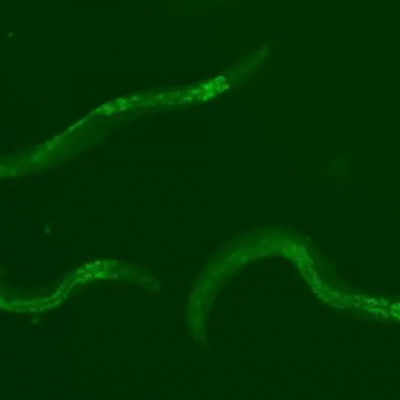A new species of ancient human has been discovered in Ramla, Israel. Fossils dating back 140,000 to 120,000 years were found during excavations and are believed to belong to a previously unknown predecessor of modern humans. While it is widely accepted that humans evolved from apes, the process was not sudden, and there were several evolutionary steps and multiple ancestors on which Homo Sapiens developed. The most well-known predecessor of modern humans is the Neanderthal, which lived approximately 400,000 years ago. However, the newly discovered Nesher-Ramla-Homo is believed to have lived alongside Homo Sapiens and may have been one of its ancestors.
Initially, the researchers who found the fossils believed they belonged to an atypical Neanderthal. However, morphological analyses revealed that they were from a completely new species of human. The bone remains, a jawbone and a skullcap, differ significantly from those of Homo Sapiens. The flatter skullcap suggests that the new species was intellectually inferior to modern humans. As no DNA has been extracted from the fossils, the exact classification of the new species in human history is not yet possible. Therefore, it has been named after its location: Nesher-Ramla-Homo.
The discovery of the Nesher-Ramla-Homo could help us better understand human history and the spread of humans across the globe. For most of their history, humans lived exclusively in Africa. It was only around 70,000 years ago that the first humans began to migrate from Africa to Europe and Asia. From Asia, they were able to reach North and South America and possibly even Australia via the Pacific Islands. The development of Homo Sapiens is still not fully understood, but researchers believe that there were approximately 15-20 human ancestors, each with varying degrees of influence on human development. Discoveries such as the Nesher-Ramla-Homo can help us understand how similar the DNA of various ancient humans is to that of modern humans and provide a more complete picture of human evolution.










